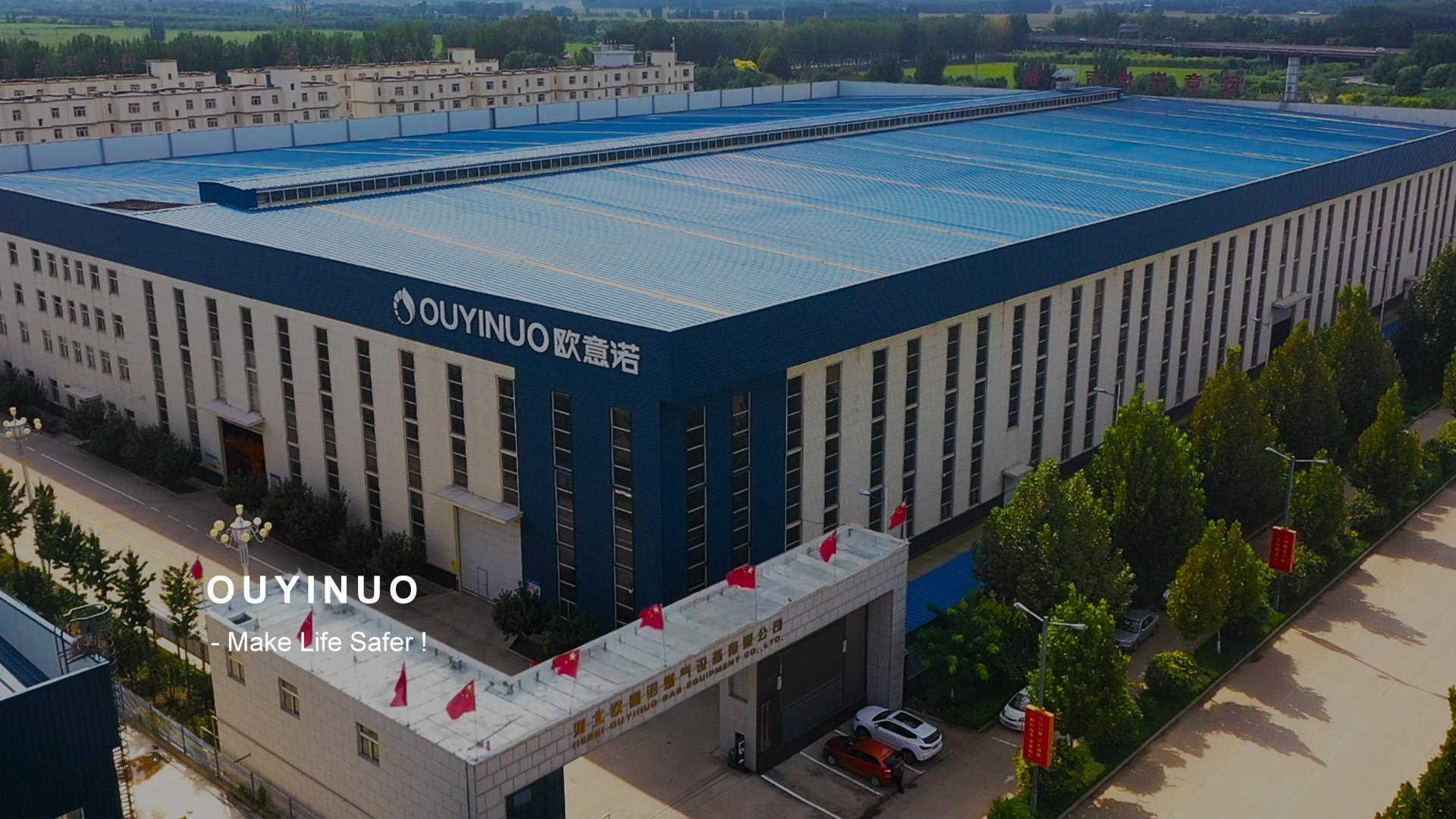
Nov . 01, 2024 09:35
Back to list
Pressure Reduction Station Operations and Maintenance Guide
Pressure Reduction Stations Key Components in Modern Infrastructure
Pressure reduction stations (PRS) play a crucial role in the management and distribution of gas and liquid in various industries. They are essential components in ensuring that a steady and safe supply of energy is delivered to end-users. As urban areas expand and energy demands grow, the importance of these stations becomes increasingly clear.
At its core, a pressure reduction station is designed to decrease the pressure of the gas or liquid being transported through pipelines. These systems are necessary because the pressure during transportation can reach levels that are too high for safe usage in residential and commercial settings. For example, natural gas is often transported at high pressures through extensive networks of pipelines. If this gas were to reach consumers at these high pressures, it could lead to accidents, equipment damage, and safety hazards.
.
For instance, when natural gas enters the PRS, it may come in at a pressure of several hundred psi (pounds per square inch). The pressure regulators lower this down to a safe level, around 4 to 7 psi, for residential use. This process not only protects the infrastructure but also ensures that the appliances connected to the gas supply operate efficiently and safely.
محطة تخفيض الضغط

In addition to pressure regulation, PRS units often incorporate safety mechanisms. These may include relief valves, which serve as a safeguard against overpressure situations. In the unlikely event that the pressure exceeds safe limits, these valves can automatically release excess pressure, thus preventing potential explosions or leaks.
The installation and maintenance of pressure reduction stations are critical components of energy management strategies. Engineers and technicians conduct regular inspections and maintenance to ensure the equipment operates smoothly and conforms to safety standards. This routine upkeep is vital for preventing disruptions in service and for the longevity of the infrastructure.
Moreover, with the recent focus on sustainability and reducing carbon footprints, pressure reduction stations are evolving to incorporate smart technology. These innovations enable real-time monitoring and automated adjustments, making it easier to manage energy consumption efficiently. As cities move toward greener solutions, PRS technology continues to adapt, ensuring that energy distribution aligns with environmental goals.
In summary, pressure reduction stations are indispensable in modern infrastructure, serving both safety and functionality purposes. They ensure that high-pressure gas or liquid is delivered safely to consumers and play a vital role in the overall efficiency of energy systems. As technological advancements progress, PRS will undoubtedly continue to evolve, supporting the growing demands of urban energy distribution while adhering to safety and sustainability standards. It is crucial for both industry professionals and consumers to understand the significance of these stations in our daily lives and the infrastructure that sustains us.
Latest news
-
Safety Valve Spring-Loaded Design Overpressure ProtectionNewsJul.25,2025
-
Precision Voltage Regulator AC5 Accuracy Grade PerformanceNewsJul.25,2025
-
Natural Gas Pressure Regulating Skid Industrial Pipeline ApplicationsNewsJul.25,2025
-
Natural Gas Filter Stainless Steel Mesh Element DesignNewsJul.25,2025
-
Gas Pressure Regulator Valve Direct-Acting Spring-Loaded DesignNewsJul.25,2025
-
Decompression Equipment Multi-Stage Heat Exchange System DesignNewsJul.25,2025

